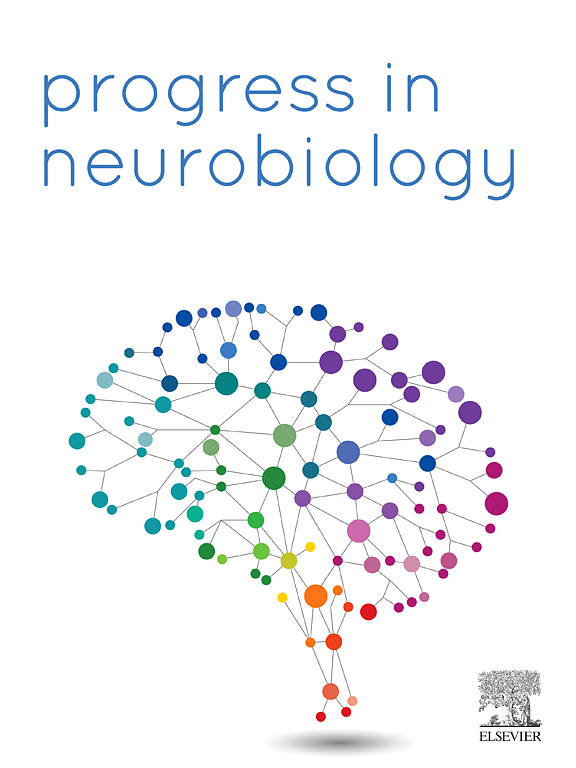Regulation of sociability by the cortico-habenula pathway in an animal model of depression
IF 6.1
2区 医学
Q1 NEUROSCIENCES
引用次数: 0
Abstract
Impaired sociability is a hallmark behavioral symptom frequently associated with depression. The medial prefrontal cortex (mPFC) is known to regulate both social behaviors and stress responses. Given the mPFC's projections to the lateral habenula (LHb) and the abnormal hyperactivity of the LHb observed in depression, the mPFC-LHb pathway may play a pivotal role in mediating impaired social behaviors in depressive disorders. Recent studies have reported increased activity of the mPFC-LHb pathway in depressive animal models. However, how this pathway responds to social stimuli and the synaptic dynamics underlying this process remain unexamined. Utilizing an acute learned helplessness (aLH) mouse model, we demonstrated that exposure to non-social stress resulted in heightened excitability and enhanced excitatory synaptic transmission at mPFC-LHb synapses. Furthermore, during social interactions, aLH mice exhibited significantly elevated Ca2 + transient signals in mPFC neurons projecting to the LHb. This synaptic enhancement was specifically observed in LHb neurons projecting to the ventral tegmental area (VTA). Importantly, optogenetic suppression of the mPFC-LHb pathway effectively restored sociability, underscoring its crucial role in the social deficits associated with depression. These findings highlight the mPFC-LHb pathway as a promising target for investigating the neural mechanisms underlying sociability deficits in depressive disorders.
抑郁症动物模型中皮质-缰核通路对社交能力的调节
社交能力受损是一种典型的行为症状,通常与抑郁症有关。内侧前额叶皮层(mPFC)调节社会行为和压力反应。考虑到mPFC对侧链(LHb)的投射以及抑郁症中观察到的LHb异常亢进,mPFC-LHb通路可能在抑郁症社交行为受损的介导中起关键作用。最近的研究报道了抑郁症动物模型中mPFC-LHb通路的活性增加。然而,这条通路如何对社会刺激作出反应以及这一过程背后的突触动力学仍未得到研究。利用急性习得性无助(aLH)小鼠模型,我们证明了暴露于非社会压力导致mPFC-LHb突触的兴奋性增强和兴奋性突触传递增强。此外,在社交互动过程中,aLH小鼠在mPFC神经元中显示出明显升高的Ca2 +瞬时信号,这些信号投射到LHb。这种突触增强在LHb神经元投射到腹侧被盖区(VTA)中特别观察到。重要的是,光遗传学抑制mPFC-LHb通路有效地恢复了社交能力,强调了其在抑郁症相关的社交缺陷中的关键作用。这些发现强调mPFC-LHb通路是研究抑郁症社交能力缺陷的神经机制的一个有希望的靶点。
本文章由计算机程序翻译,如有差异,请以英文原文为准。
求助全文
约1分钟内获得全文
求助全文
来源期刊

Progress in Neurobiology
医学-神经科学
CiteScore
12.80
自引率
1.50%
发文量
107
审稿时长
33 days
期刊介绍:
Progress in Neurobiology is an international journal that publishes groundbreaking original research, comprehensive review articles and opinion pieces written by leading researchers. The journal welcomes contributions from the broad field of neuroscience that apply neurophysiological, biochemical, pharmacological, molecular biological, anatomical, computational and behavioral analyses to problems of molecular, cellular, developmental, systems, and clinical neuroscience.
 求助内容:
求助内容: 应助结果提醒方式:
应助结果提醒方式:


